Wet, black backs are slowly moving upstream. I’m watching the scuba suits through my lens and I like what I see from above, but seeing what’s under is what I really want. From underneath, there is a precise picture of what holds where and for an angler, that’s more effective than dropping bugs on the surface and waiting to see what bites.
I wrap up the overhead angles and move into the water. I drop to my knees and my waterproof camera goes under the current. I see what the eyes belonging to the black backs are seeing and it is beautiful. Bright red sockeye salmon in brilliant blue river water.
The lesson here is easy to decipher. Those rare fish are invisible from above, but clearly visible underneath. Going under makes you a better fisherman. Just ask the snorkel crew with waterlogged eyes in central Idaho.
“You stick your face under water and start crawling up the stream and there’s way more fish in there than you thought,” says Jordan Messner, Idaho Department of Fish and Game fisheries biologist. “It really helps as an angler because you get to see the type of habitat the fish are utilizing.”
Messner is one of a handful of biologists in the Salmon River watershed who have the honorable task of tracking endangered fish. Adult salmon and steelhead swim more than 800 miles, from the ocean to Idaho, to reach their coveted spawning grounds near Stanley. Messner sees them coming. He also sees bulls, bows and cuts.
“You know that big cuttie is hanging out behind that rock or underneath that undercut bank,” Messner says. “The next time you’re out on a stream fishing you look at those same boulders and undercuts and think yeah there’s probably a big fish laying under there.”
Improving Messner’s fishing odds is a side benefit of his day job. Messner and his crew need to how many endangered fish return without touching them. That’s why they snorkel. They climb horizontally against the current with their face in the water counting the fish that swim by. They count young fish that haven’t seen saltwater yet. They also count adults successfully swimming hundreds of miles inland to spawn.
“When we get a chance to see these huge adults that are up to 40 inches, it’s pretty spectacular,” says Matt Pumfery, Idaho Department of Fish and Game fish technician. “They’ll swim right up to your face and look at you. It’s like rock climbing in an aquarium.”
No easy feat with the current pushing keep-out waves in your face. The crew climbs dozens of drainages in one snorkel season. That’s a lot of uphill crawls in conditions that are constantly trying to spit you out.

“When you’re in some of that really turbulent water, really high-velocity water, it’s trying to rip your mask off your face and rip your snorkel out of your mouth,” Messner says. “Some of those 200-meter upstream snorkels (about the length of two football fields) that are really shallow are a workout for sure. It will kick your butt.”
For the sake of your safety, keep your underwater reveals short when you first start looking under your fishing hole. And you might as well pick up some of the trash while you’re down there.
“We find lots of river booty,” Messner says. “Below big rapids you find chairs, tables, tents. All kinds of good stuff.”

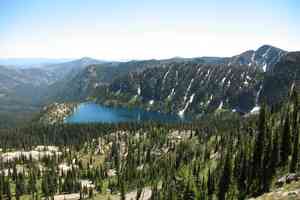
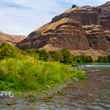

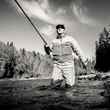
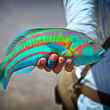


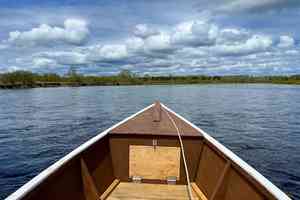
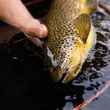

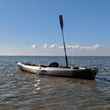

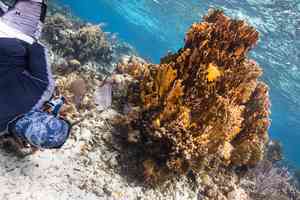
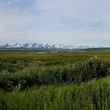
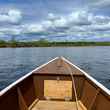
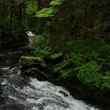


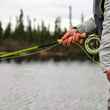

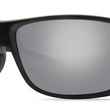
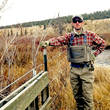
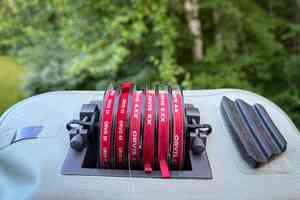
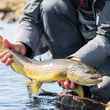
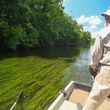
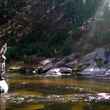
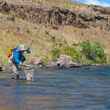
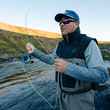
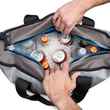
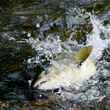
Comments